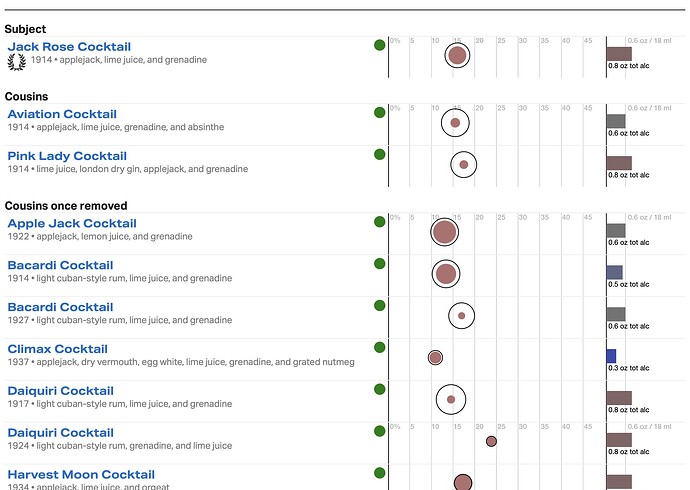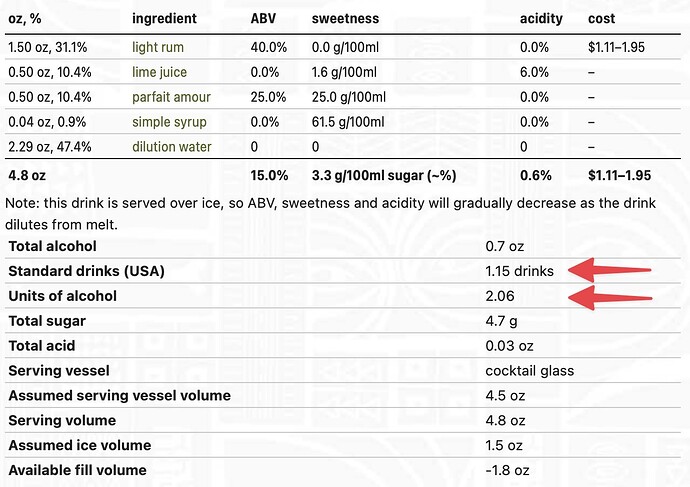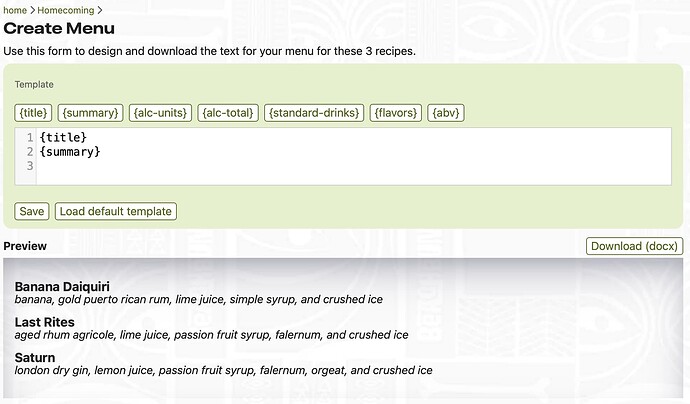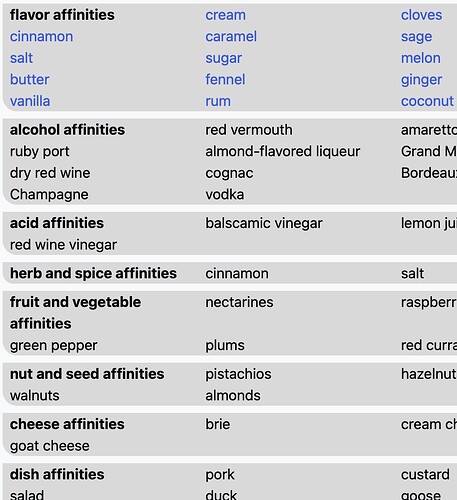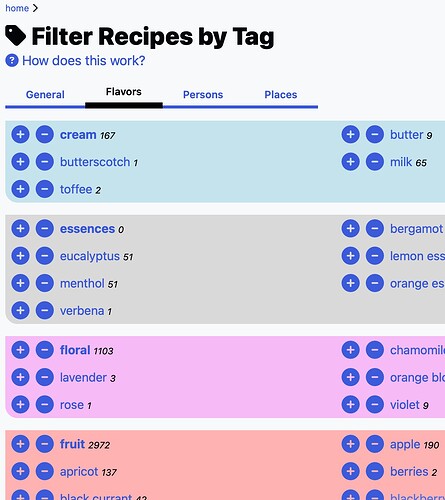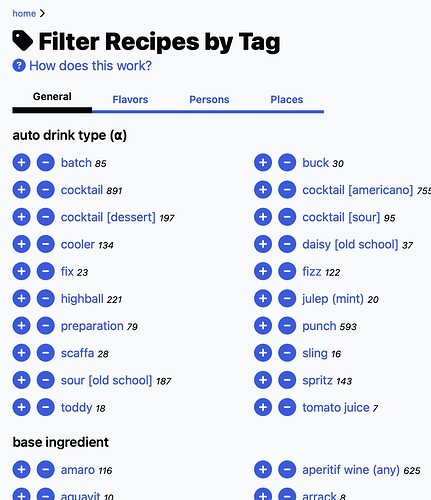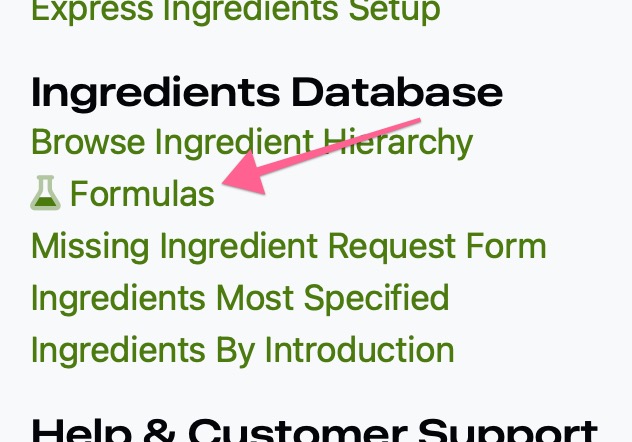This week, we’re introducing Formulas to Total Mixology and Total Tiki Online. Formulas are easily the most significant feature addition since we launched the services a few years ago.
In essence, a Formula is just an ingredient—of the “homemade” sort—with a (simplified) recipe integrated into it. This seemingly minor difference brings with it a lot of nuanced implications.
You’ll find the Formulas integrated with the rest of the ingredients database, and adorned with a beaker icon.

You can add and remove Formulas from your inventory and lists like any other ingredient, and employ them in your private recipes. You can also find all the Formulas in one place by choosing Formulas in the main menu.
In addition, every Formula comes with its own built-in calculator that will rescale it for you into your prefered quantities and units. You can scale by the yield you desire, or by the quantity you have of one of the components of the ingredient. For example, if the formula calls for 15 g of cinnamon bark but you only have 11 g, the calculator will instantly provide the other proportional measurements you need.
One of the main reasons we added Formulas is to get as far away as possible from subrecipes. Subrecipes are a necessary evil: they’re the only way to handle some situations. However, subrecipes are cumbersome in general, and particularly so for common, multi-use preparations. Worst of all, they only work for recipes within the same collection—they aren’t universal—a crippling limitation.
A second reason we added Formulas is that we often have multiple competing choices—different formulas—for a common preparation. Now we can now offer discrete approaches (e.g., to ginger syrup), provide proper citations for each, and enable you to easily explore them and fine the formula you prefer. It just works.
Finally, a big reason we’re introducing Formulas is that homemade preparations are a more important part of mixology, today, than twenty years ago. We’re launching with about forty Formulas, but we expect that quantity to triple in coming months. The breadth of our formula collection will grow, but so will its depth. The intent is to be an authoritative repository for them. We’re starting to work our way through a known backlog, but we also take requests. If there’s a useful preparation that’s important to you, please let us know.

